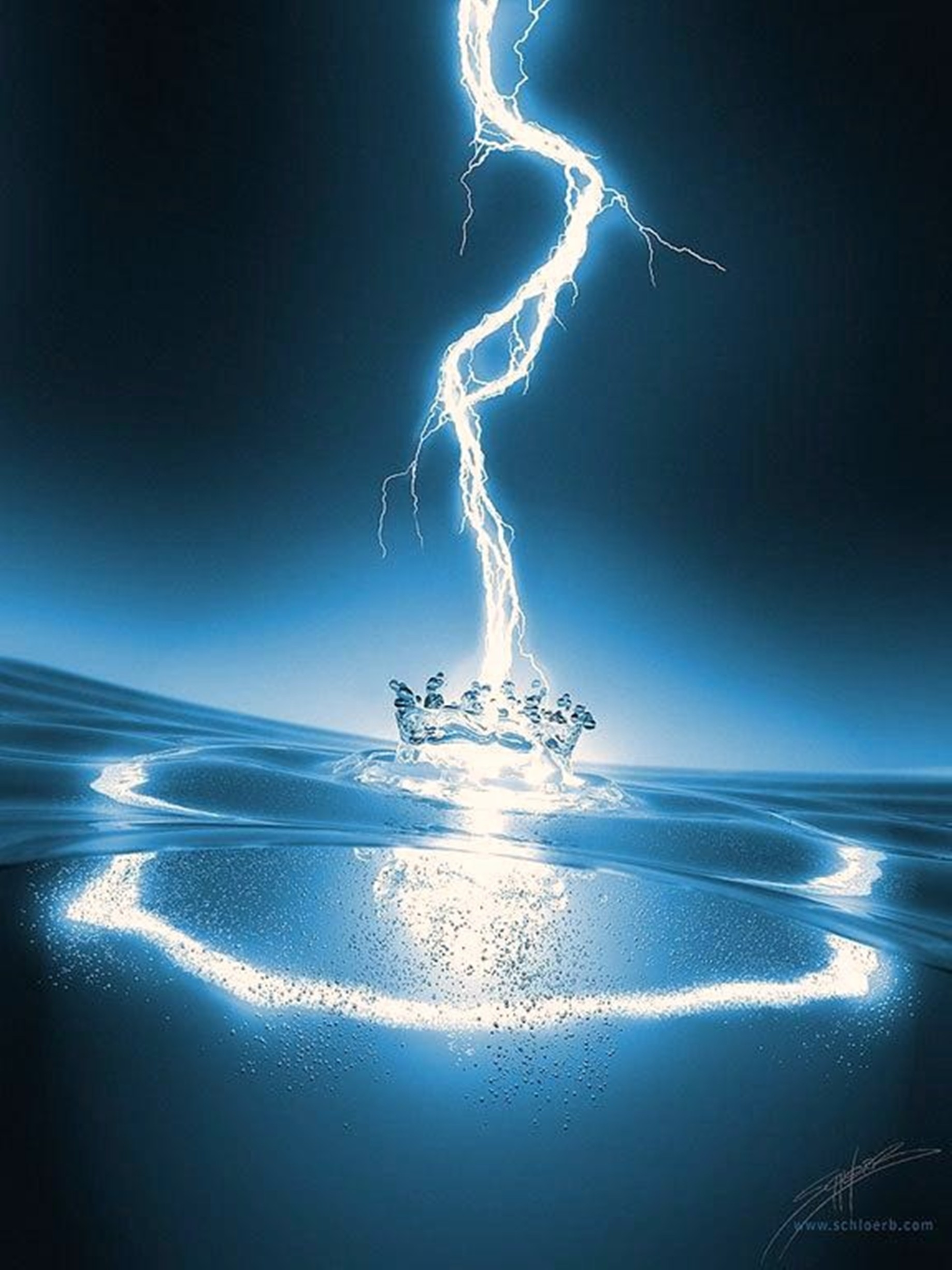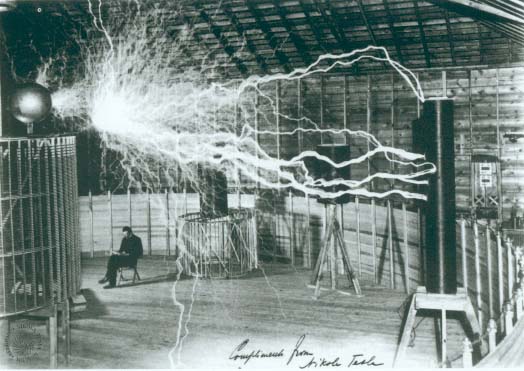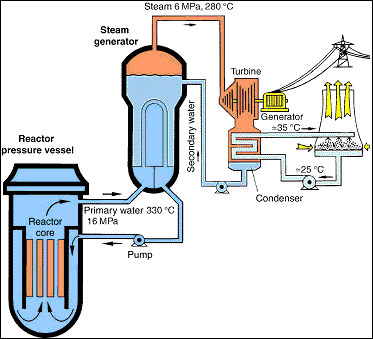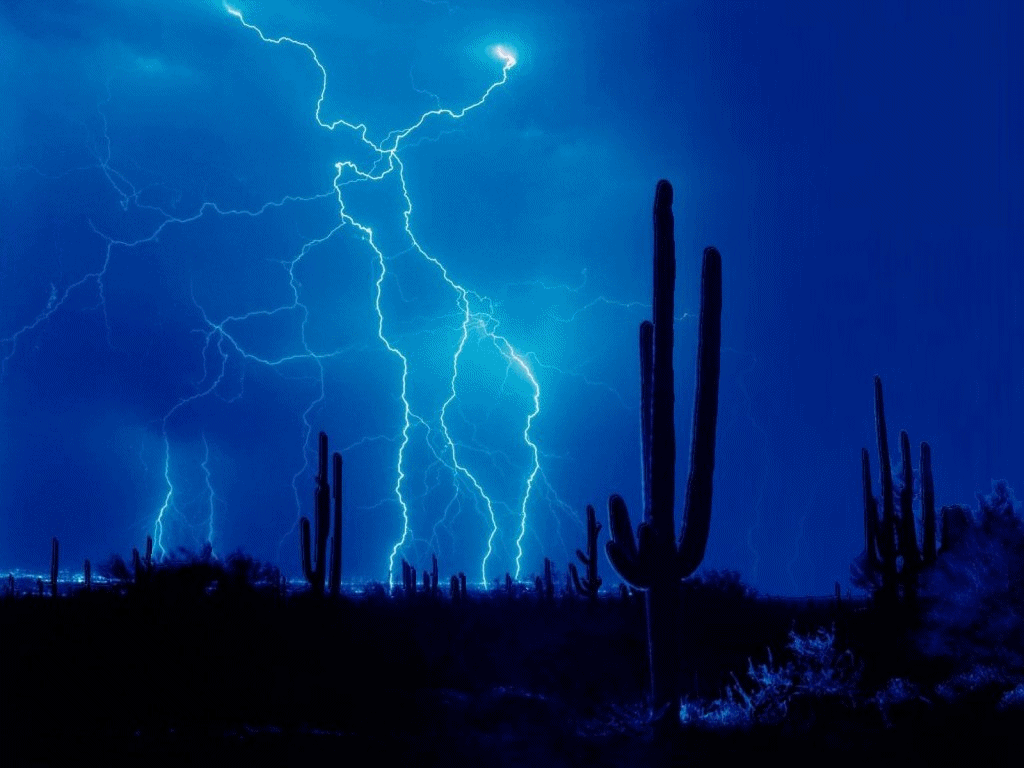Deuterium is always present in water: on average, a molecule of DHO (water, where one of hydrogen atoms is replaced by deuterium) falls to 6,800 molecules of H2O. That means - taking into account the quantity of water vapour available in the atmosphere (i.e. 5х10^-4 g/cubic centimeter) - there will be 10^15 deuterium atoms per cubic centimeter. In lightning, these atoms turn into ions and are capable of gathering speed up to considerable energy.
With the lightning canal diameter varying from 2 millimeters to 5 centimeters, and discharge duration making the ten-thousandth of a second, it proves that billions of deuterium atoms will have time to start reacting with each other and to generate precisely two times less atoms of helium-3 and neutrons. These neutrons already possess enormous energy - 2.45 MeV. However, in the atmosphere of our planet they are capable of living at most for 0.2 seconds, during which they will inevitably meet with nitrogen atoms and be absorbed by them. This time period is sufficient for neutrons to fly a distance of one or two kilometers.
The calculation has been also confirmed by experimental data. The DYAIZA facility developed at the Institute and installed in Moscow at the Vorobyevy Hills repeatedly recorded neutron emission peaks during thunderstorms, their magnitude exceeding that of the background by hundreds of times.
Several important conclusions can be drawn from the above effort. Firstly, this helps to solve a long-standing puzzle: why cosmonauts on board the MIR space station observed high neutron background in the area of the equator. Keeping in mind that thunderstorms permanently burst out in this region, it is easy to guess where high neutron background comes from. Secondly, the same mechanism should also work in the atmospheres of Venus and Jupiter where thunderstorms are also frequent and sporadic neutron streams should arise there. That means that investigation of these planets’ neutron emission should take into account this particular fact not to confuse by accident “thundery” neutrons with some other neutrons.



